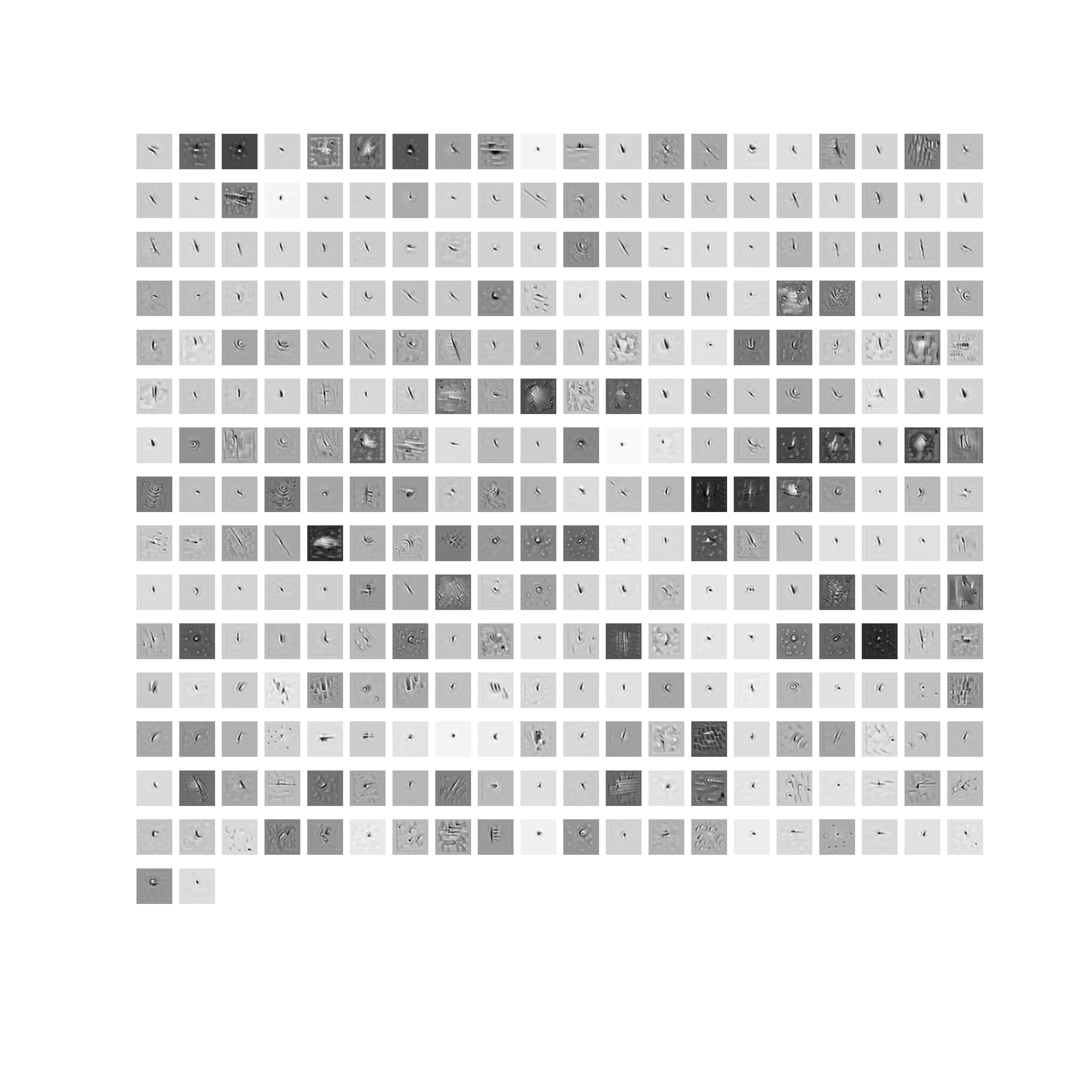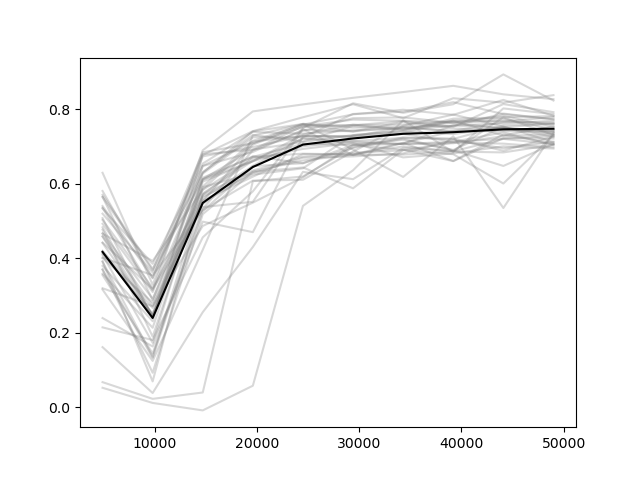About me
I'm a Senior student at Carnegie Mellon School of Computer Science, majoring in Computer Science. My main experience focuses on Neural Computation research.
My research area is mainly about using computational models such as Neural Networks to discover features of the neurons in our brains. I also aim to create computational models that can simulate natural neuron behaviors. Apart from that, I am also an experience programmer, as well as being knowledgeable in machine learning.
My Skills
-
Programming
Capable of coding in Python, C, C++, Java, Go(learning). Can also use Matlab and R(learning), quick to pick up brand new languages
-
Machine Learning
Experienced in PyTorch development, understands and implements variety of models including DNN, CNN, Autoencoder, RNN
-
Neuroscience
Knowledgable in Neuroscience terms and concepts, experienced in working with neuronal data and models
-
Collaboration
Experienced in working with people of different background, skilled in professional communication and presentation

